HISTORY OF PASCO COUNTYBlantonBlanton Methodist ChurchThis page is taken, with permission, from the former My Blanton web site, created by Marinell Davis. 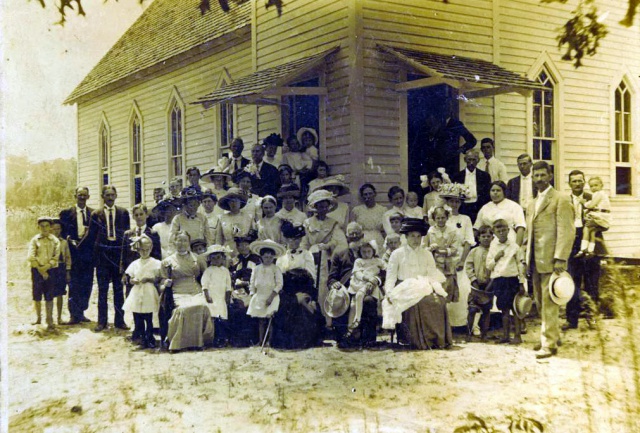 Mary Blocker was said to have tried to keep a Missionary Society going. Of course all those early O’Berrys, Blockers, and other settlers had their funerals in the church. Blanton Methodist Church HistoryFrom an unknown March 15, 1962, publication. The history of the Blanton Methodist church at its present location dates back to 1906. Prior to this date, the people of the community worshiped at Mt. Olive church located on what is now Dowling property about one mile north of he present church. The land on which this church was built was given by Mr. Newton Dowling and his wife. The church records show that in 1895 (the earliest records on file) Mt. Olive was on Pasco circuit with seven other organized churches: Prospect, Townsend House, Bethany, Wesley Chapel, Providence, Richland, and Central Chapel. Later on, the same circuit included as a mission Hudson, Keystone Park, Anclote, Vereen, and Loyce. The Rev. J. M. Mitchel assisted with the mission, and was also a forceful evangelist preacher ready to serve wherever called. The Blanton community had a thriving Turpentine Still and saw mill industries at about the turn of the century, and was laid out in lots and streets for a town. The people then thought it best to have a church and parsonage in Blanton. So, through the generosity of some of the old settlers, Mr. and Mrs. John O’Berry and Mr. and Mrs. Henry P. Blocker, lots for each were obtained. In 1903, a two story house at Lenard, a railroad station, between Blanton and Trilby, was secured. It was moved in three sections on rollers, horse-drawn, and rebuilt on the parsonage lot. Blanton church was built in 1906 by Mr. Tom Jordan and Mr. Will Heacock. The old Mt. Olive church was sold to Mr. Jordan who removed the steeple and moved the rest of the building to his property to be used as a dwelling. The steeple, left on the Mt. Olive property, was used by the children in the neighborhood for a play house. Among the first pastors or “Circuit Riders” to live in the parsonage were the Rev. J. T. Duncan in 1907, the Rev. A. P. Johntry and Rev. W. Z. Danzler in 1908. To follow was the Rev. J. M. Dieffenwierth, a name still found on the church roll of Blanton. The church continued strong, even though the town never developed, and on the roll of members, we find among other old settlers these names: Blocker, Ansley, Dowling, O’Berry, Mayo, Page, and Adams. The saw mills and turpentine industry did not last. The community grew smaller, but new members were added to the church and Sunday School as old ones left. Names to be remembered and loved such as Magoon, Lipsey, Booten, Ellsworth, and Sickler. The parsonage was sold in 1917 to Mrs. Lela C. Page and since that time the church has been on various charges and affiliated with the Spring Lake and Trilby parsonages with the exception of about two years, when a house in Blanton was rented for a parsonage. In 1928, when services at Townsend House were discontinued, a part of the membership transferred to Blanton Methodist church. Among those were Hancock, Sellers, and Dieffenwierths. The charge as well as the district changed from time to time. In 1946-47, the Blanton church was remodeled on the interior, and a building to be used as an educational building was moved to the church lot. It was divided into Sunday School rooms, a kitchen, and a Fellowship hall. At present, the charge consists of Blanton, San Antonio, Trilby, and Lacoochee, with the parsonage in Trilby. The Methodist church has been from the beginning the only organized church in Blanton. 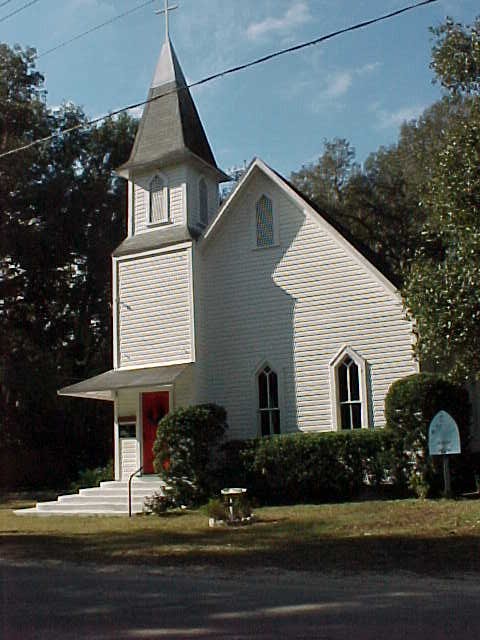 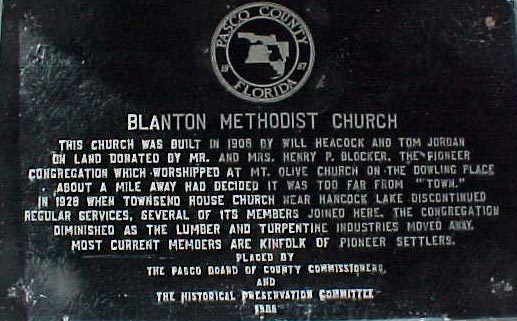 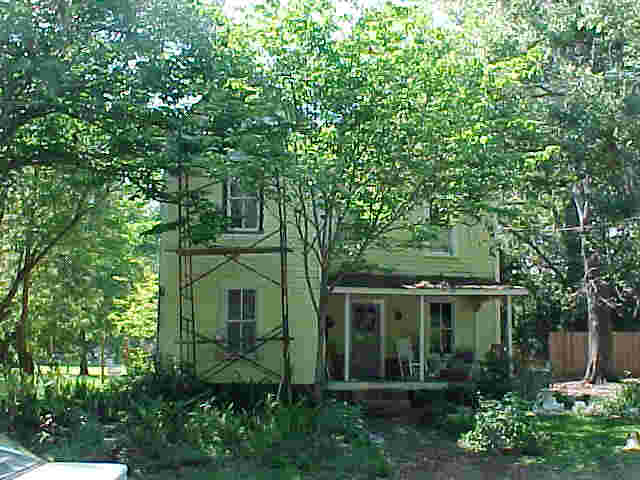 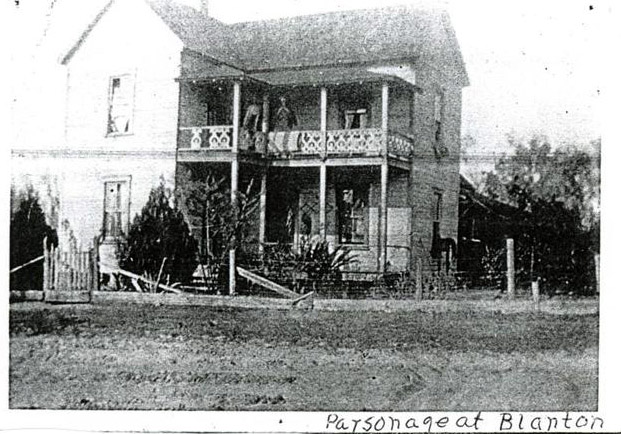 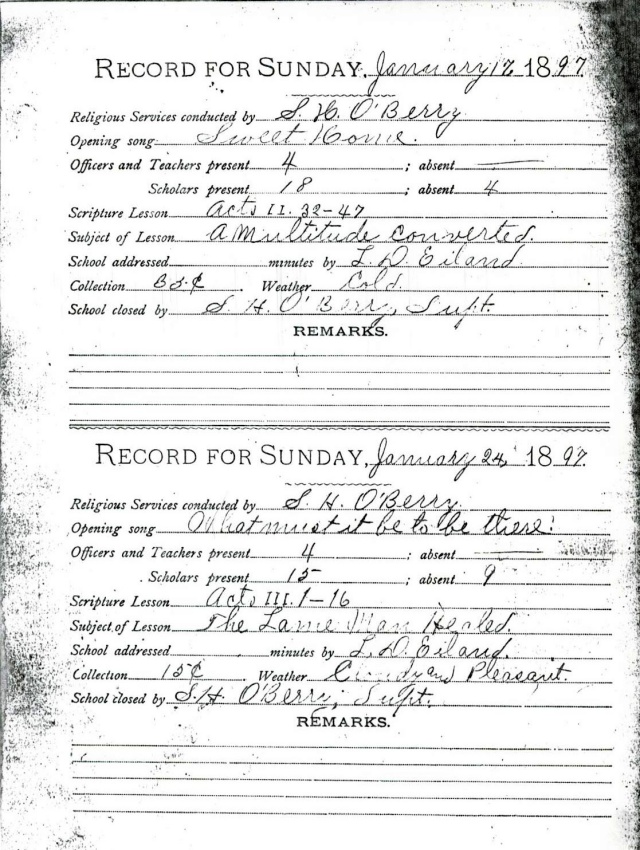 |
